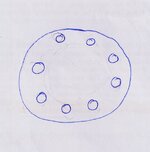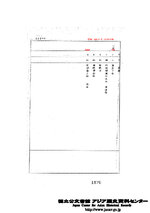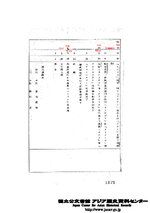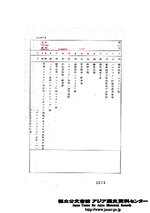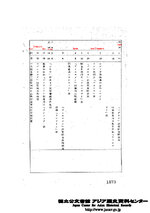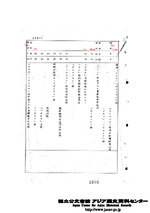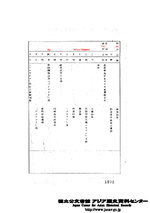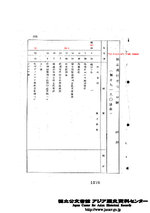Can be read the Ki-45-ko (with short nose) and others (with long nose) which means every model.
As far as I read the story introduced in メーラルアン村に不時着した日本軍機1 , planes were single-engined fighters. If they were from 21st sentai, it would be natural to think that they were Ki-27s or Ki-43s IMO.
As far as I read the story introduced in メーラルアン村に不時着した日本軍機1 , planes were single-engined fighters. If they were from 21st sentai, it would be natural to think that they were Ki-27s or Ki-43s IMO.

